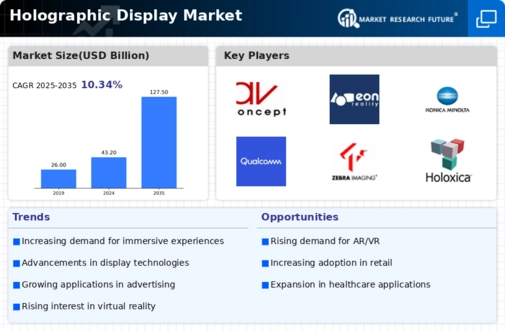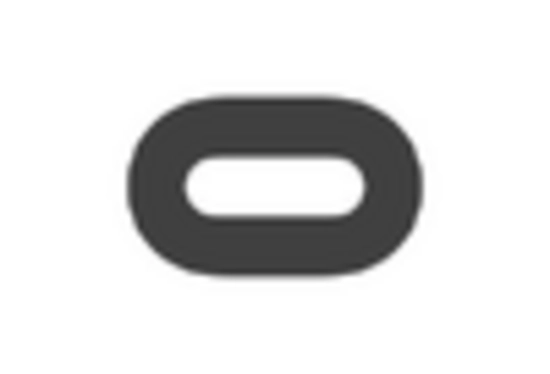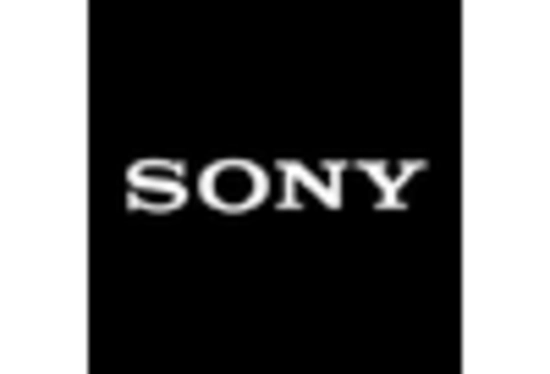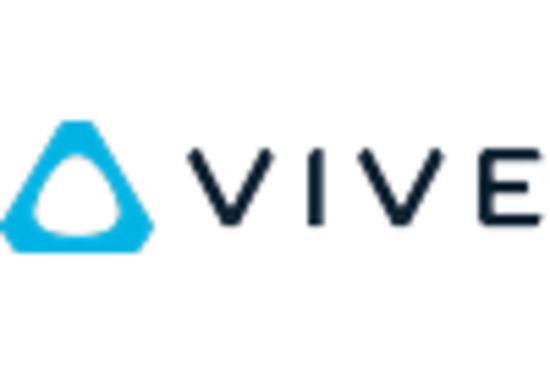Increased Adoption in Automotive Sector
The automotive sector is increasingly adopting holographic displays for enhanced user interfaces and driver assistance systems. The Holographic Display Market is witnessing a surge in demand as manufacturers seek to integrate advanced display technologies into vehicles. Holographic displays can provide real-time navigation, vehicle diagnostics, and entertainment options, all while minimizing driver distraction. According to industry reports, the automotive segment is expected to account for a significant share of the market, with projections indicating a growth rate of approximately 20% over the next five years. This trend suggests that as vehicles become more technologically advanced, the integration of holographic displays will become a standard feature, further propelling the Holographic Display Market.
Growing Interest in Immersive Experiences
There is a growing interest in immersive experiences across various sectors, including entertainment, education, and training. The Holographic Display Market is poised to benefit from this trend as businesses seek to create engaging environments for their audiences. Holographic displays can transform traditional presentations into interactive experiences, making them particularly appealing for educational institutions and corporate training programs. Market analysis indicates that the demand for immersive technologies is expected to rise significantly, with projections suggesting a market expansion of around 30% in the next few years. This increasing interest in immersive experiences is likely to drive investments in the Holographic Display Market, as companies strive to differentiate themselves in a competitive landscape.
Rising Demand for Remote Collaboration Tools
The demand for remote collaboration tools is on the rise, particularly in the wake of evolving work environments. The Holographic Display Market is well-positioned to capitalize on this trend, as holographic displays can facilitate more effective communication and collaboration among remote teams. By providing a three-dimensional view of presentations and data, these displays enhance understanding and engagement. Market forecasts suggest that the remote collaboration segment could see a growth rate of approximately 22% over the next few years. This shift indicates that organizations are increasingly recognizing the value of holographic technology in improving remote interactions, thereby driving the Holographic Display Market forward.
Expansion of Holographic Displays in Advertising
The advertising sector is increasingly exploring the potential of holographic displays to create captivating marketing campaigns. The Holographic Display Market is benefiting from this trend as brands seek innovative ways to engage consumers. Holographic displays can deliver eye-catching visuals that stand out in crowded marketplaces, making them an attractive option for advertisers. Recent studies indicate that the use of holographic technology in advertising can enhance brand recall and consumer engagement significantly. As a result, the market for holographic displays in advertising is projected to grow at a rate of around 18% in the coming years. This expansion suggests that as brands continue to invest in unique advertising strategies, the Holographic Display Market will likely see substantial growth.
Technological Advancements in Holographic Displays
The Holographic Display Market is experiencing rapid technological advancements that enhance display quality and user experience. Innovations in light field technology and holographic optics are leading to displays that offer improved resolution and depth perception. For instance, the introduction of microLED technology is enabling manufacturers to create displays that are thinner, lighter, and more energy-efficient. This shift is likely to attract a broader range of applications, from entertainment to education. As a result, the market is projected to grow at a compound annual growth rate of over 25% in the coming years, driven by these advancements. Companies are investing heavily in research and development to stay competitive, indicating a robust future for the Holographic Display Market.

















Leave a Comment